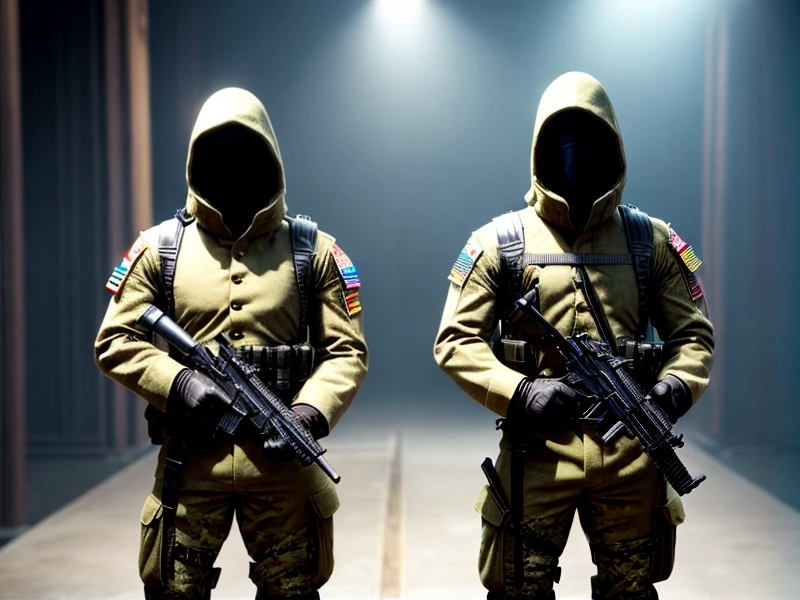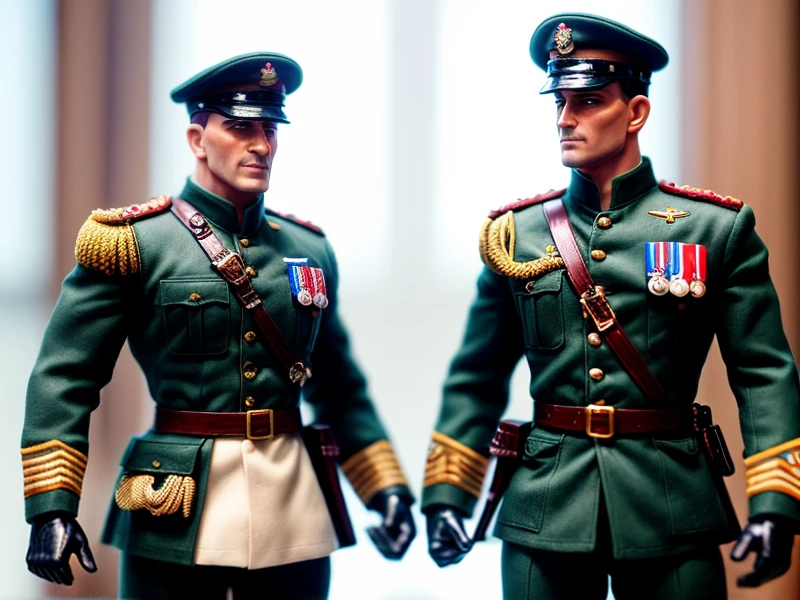Military miniatures have long been a beloved hobby for enthusiasts around the world, offering a way to recreate historical battles and pay tribute to the brave soldiers who fought in them. Madrid, the vibrant capital of Spain, has played a significant role in shaping the craft of military miniatures, with a rich history of producing intricate and detailed figures that capture the essence of warfare. In this article, we will explore the evolution of military miniatures and delve into how Madrid has influenced and contributed to this fascinating hobby.
The Beginnings of Military Miniatures:

The art of creating military miniatures can be traced back to ancient times when miniature soldiers were crafted for various purposes, such as strategic planning or as gifts for nobility. However, it wasn't until the 17th century that military miniatures began to gain popularity as a hobby among civilians. These early figures were often made of materials such as lead or tin and were meticulously painted to replicate the uniforms and weaponry of different armies.
Madrid's Influence on the Craft:
Madrid has long been a hub for artisans and craftsmen, and it is no surprise that the city has played a pivotal role in the development of military miniatures. The Association of Military Miniaturists of Madrid, founded in the mid-20th century, has been instrumental in promoting and preserving the art of military miniatures in the region. The association hosts workshops, exhibitions, and competitions, providing a platform for enthusiasts to showcase their work and learn from each other.
Evolution of Techniques and Materials:
Over the years, the art of military miniatures has evolved, with artists experimenting with new techniques and materials to push the boundaries of what is possible. Madrid's artists have been at the forefront of this evolution, incorporating advanced painting techniques, such as dry brushing and washes, to achieve lifelike details on their figures. Additionally, the use of modern materials such as resin and polymer clay has allowed artists to create more dynamic poses and intricate designs.
The Impact of Technology:
In recent years, advancements in technology have revolutionized the world of military miniatures, with 3D printing and digital sculpting becoming increasingly popular among artists. Madrid's miniaturists have embraced these new technologies, using them to streamline the production process and create highly detailed and accurate figures. While traditional hand sculpting and painting will always have a place in the craft, technology has opened up new possibilities for artists to explore and innovate.
Preserving the Art of Military Miniatures:
As the world of military miniatures continues to evolve, it is important to preserve the rich history and traditions of the craft. Madrid's Association of Military Miniaturists plays a crucial role in this preservation, organizing events and exhibitions that celebrate the artistry and talent of miniaturists in the region. By bringing together enthusiasts and artists from all walks of life, the association ensures that the art of military miniatures will continue to thrive for generations to come.

Madrid's rich history and vibrant artistic community have made it a significant player in the world of military miniatures, influencing the craft and shaping its evolution over the years. From the early days of handcrafted lead figures to the modern era of 3D printing and digital sculpting, Madrid's miniaturists have consistently pushed the boundaries of what is possible, creating intricate and realistic figures that capture the imagination of enthusiasts around the world. As we look to the future, it is clear that Madrid will continue to be a driving force in the world of military miniatures, inspiring artists and enthusiasts alike with its passion and creativity.
